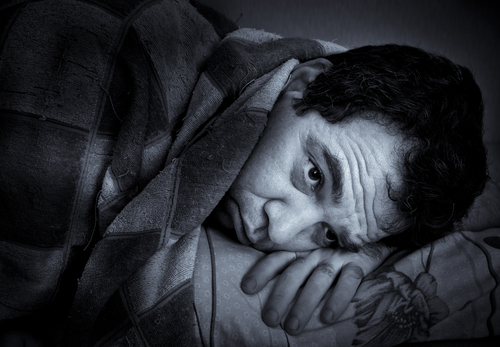Summary of Sleep Cycles
Sleeping is how your body and mind rests and restores its energy levels. It is an active state that affects both your physical and mental status as well.
Human sleep patterns have been categorized into five re-occurring stages: four non-REM stages and the REM stage. Waking, a sixth stage often included in the sleep cycles, is the phase in which a person is falling asleep.
The quality of sleep changes with each transition from one sleep-stage to another. Each stage is independent of one another, and each one is marked by subtle changes in body functions.
Waking
This stage is referred to as relaxed wakefulness; it is when the body is preparing for sleep. Initially upon falling asleep, muscles are tense and eyes move erratically. As a person becomes sleepier the body slows down, muscles begin to relax, and eye movement decreases.
Stage 1
This first cycle of sleep is described as drowsiness. Eyes are closed during Stage 1 sleep. A person can be awakened with out much difficulty, but may feel as if they haven’t slept at all.
Stage 2
This is a light stage of sleep. Spontaneous periods of muscle tightening mixed with periods of muscle relaxation are reported. The heart rate will slow and body temperature decreases, helping the body to prepare for deep sleep.
Stage 3 and 4
These are the deep sleep stages, with stage 4 being more intense than 3. These stages are known as as slow-wave, or delta sleep.
Stage 5: REM Sleep
Intense dreaming occurs during the REM cycle. This results from heightened cerebral activity, but paralysis occurs simultaneously in the major voluntary muscle groups, such as the sub-mental muscles. The first period of REM sleep typically lasts about 10 minutes, with each recurring REM stage lengthening, eventually with the final stage lasting an hour.



